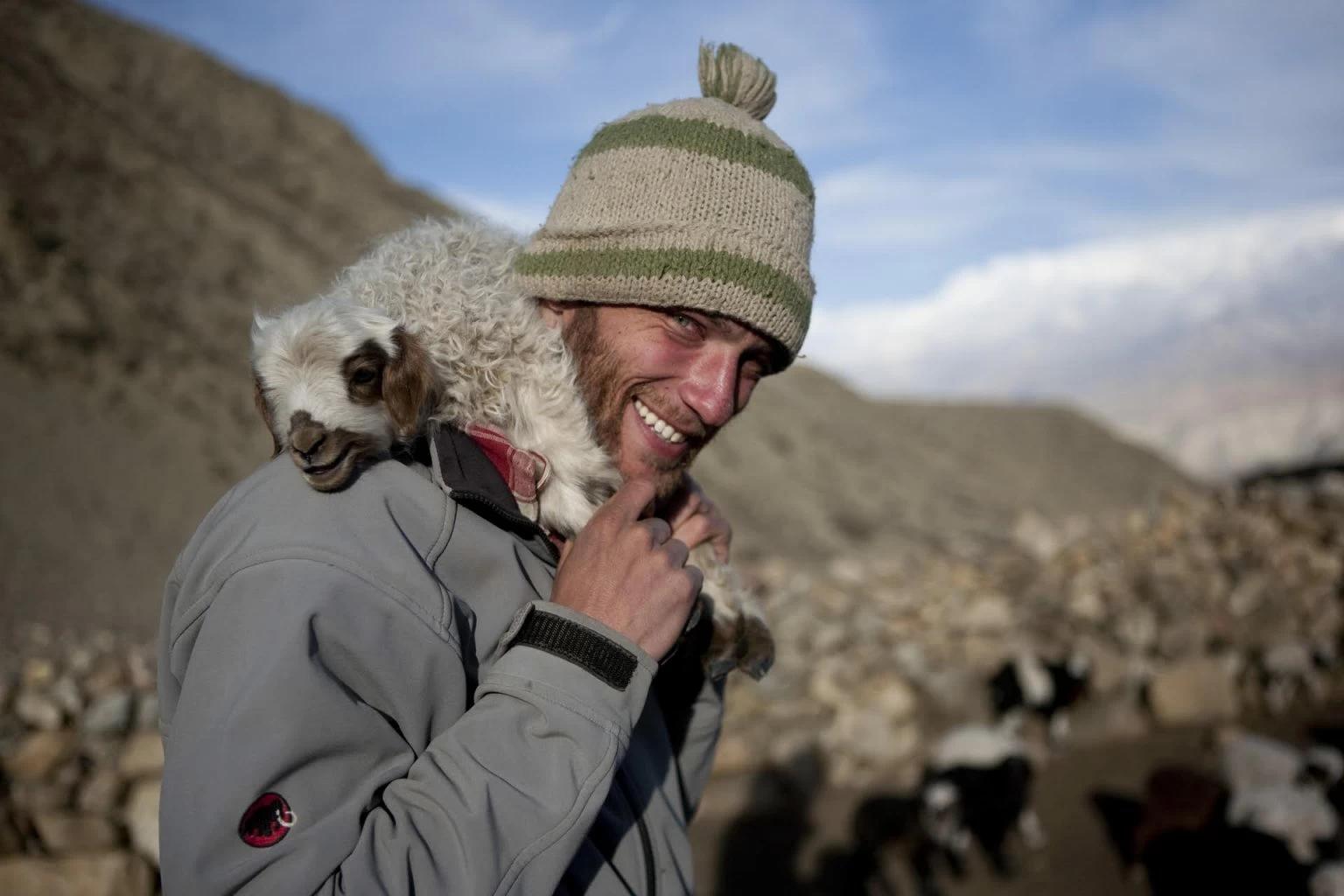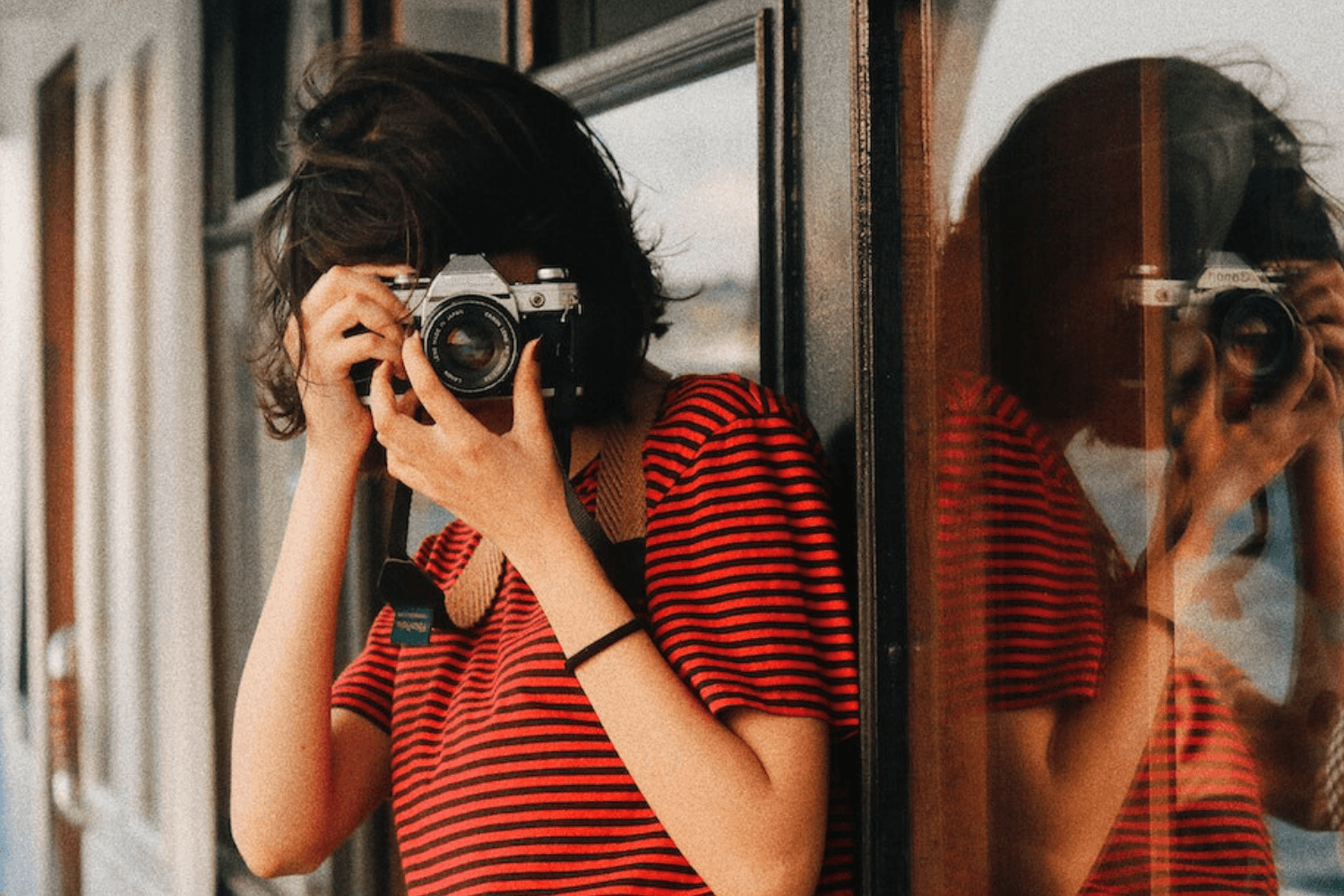A Photographer's Identity Crisis in the Digital Era
Yvan Cohen
Mon Feb 24 2020
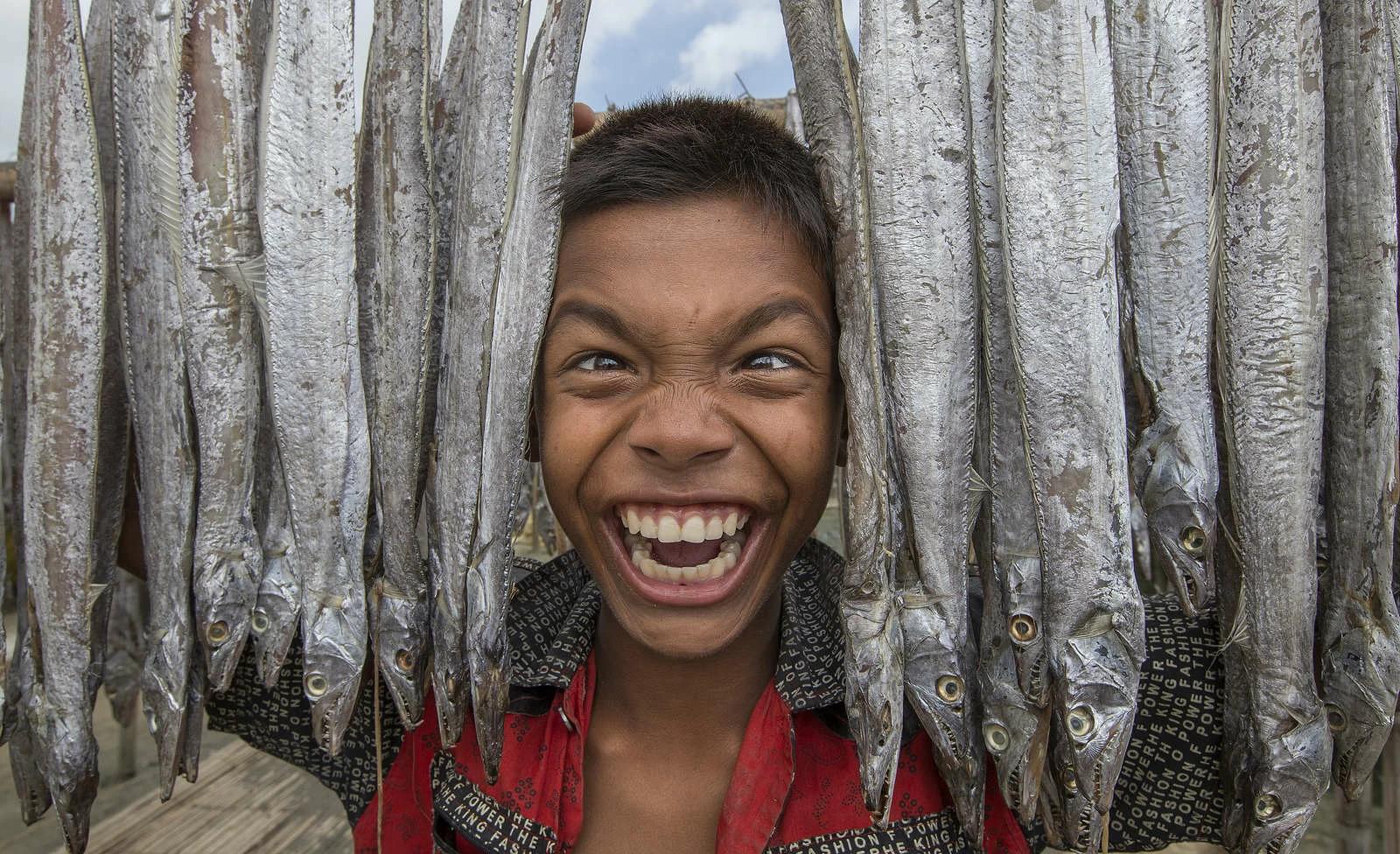
It seems like a strange question, but who or what is a photographer anyway?
There was a time when people would ask me what I do, and I would reply unhesitatingly “I’m a photographer”. I knew those words conjured images of a professional with at least two cameras dangling from shoulder or neck, toting a bag stuffed full of lenses and film.
Only professional photographers carried that much gear. Photography was too complicated, too expensive and too cumbersome for all but an exclusive (mainly white male) group of professionals and the keenest of amateurs (who could afford the equipment).
Professional photographers were the people you hired to take pictures of news, portraits and weddings, etc. They were photographers not just because they understood the language of light and composition, but because they knew how to navigate the technical requirements of correctly exposing film. Before Photoshop, post processing took place in the dark room or lab. The margin for error was small (sometimes less than an f-stop when shooting slide film).
I’m describing photography as it was practiced, give or take some technical advances, since its invention by Niepce and Daguerre in the first part of the 19th century.
Put simply, up until 20 years ago when digital photography first became widely accessible, the world of photography was relatively exclusive, specialized and technical. Amateurs bought cameras to dabble, to take pictures from time to time or to explore the art of photography (usually in black and white).
In the pre digital era, each photograph was taken in the awareness that the film being exposed was a physical object onto which an image was literally being seared.
All this is to illustrate just how much photography has been transformed by digital technology, a change that has revolutionized how we understand photography and, yes, that has perhaps even changed what it means to be a photographer too.
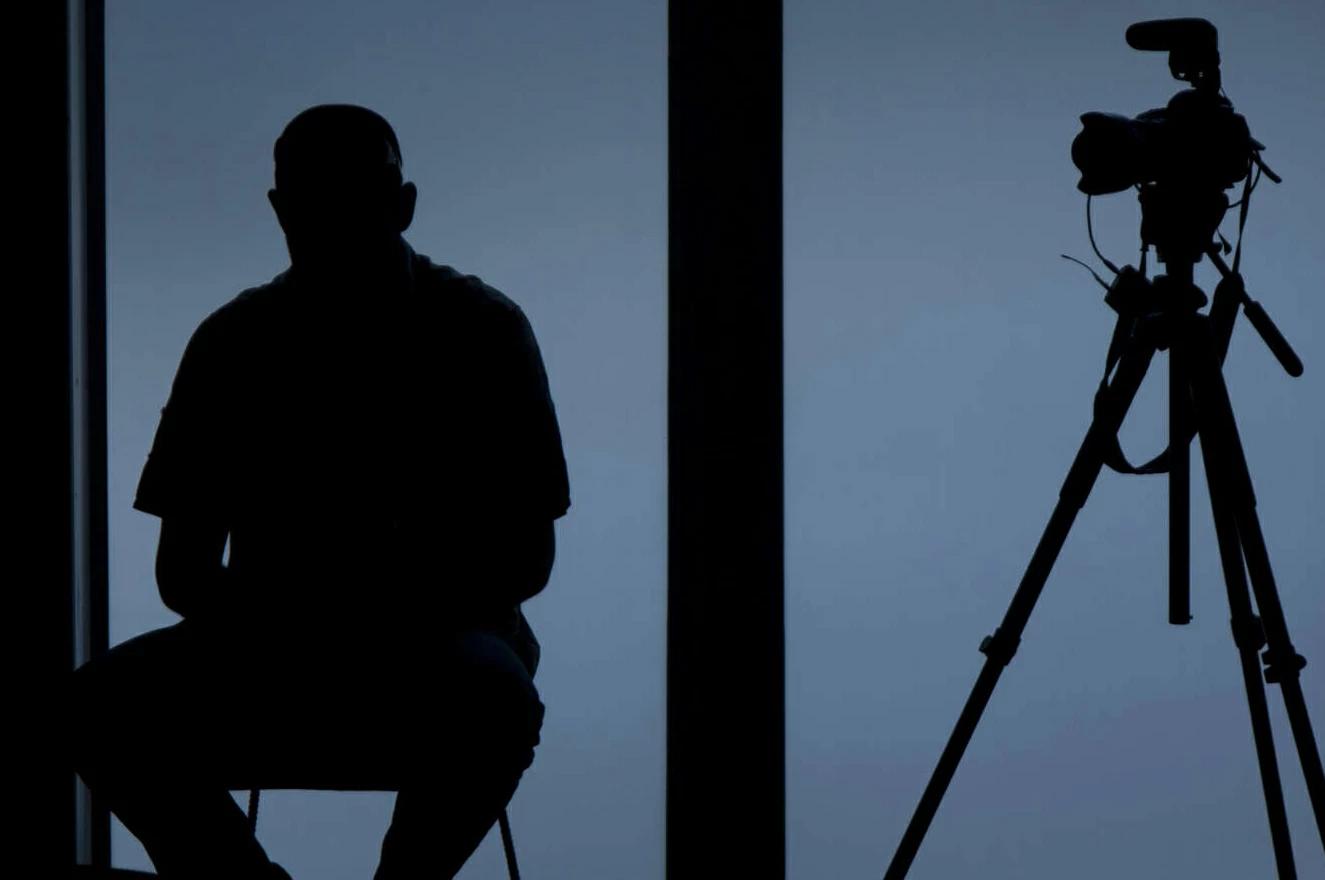 Silhouette of a photojournalist and his camera, taking a break between sessions of the United Nations Framework Conference on Climate Change – UNFCCC – COP20 – in Lima. Photo by Carlos Garcia Granthon
Silhouette of a photojournalist and his camera, taking a break between sessions of the United Nations Framework Conference on Climate Change – UNFCCC – COP20 – in Lima. Photo by Carlos Garcia Granthon
The stealth revolution
In some ways it has been a stealth revolution. If we set our wafer-thin camera phones to one side, digital cameras still look and behave in a beguilingly similar way to their analogue counterparts: aperture, shutter speed and sensitivity to light (ISO/ASA) are still the settings that determine how a photograph will look (in addition to composition, lighting and subject matter, of course).
If the form, principles and mechanics of the photographic process remain little changed, the essence of digital photography is so fundamentally different as to be but a distant relative of photography as it was practiced for some 170 years.
The physical attributes of film helped spawn the popular adage ‘the camera never lies’, a saying that underpinned our understanding of photographs as faithful representations of the world around us.
It was from this faith in the truthfulness of photography, and thanks to the miniaturization of cameras, that photojournalism was born. From the 1930s onwards, the photojournalist became an almost mythical visual messenger; ready to throw him or herself into peril in the sole pursuit of truth. Thanks to the courage of generations of photojournalists, we discovered what the true horror of war and suffering look like.
We trusted photographs.
A photograph was recorded to film, the film was developed and a picture was published. This linear process had a degree of inflexibility and physical integrity that was rarely questioned (of course photographs were manipulated for propaganda purposes but this was seen as an exception and not the rule). From the camera to the pages of our newspapers and magazines real life was communicated to us.
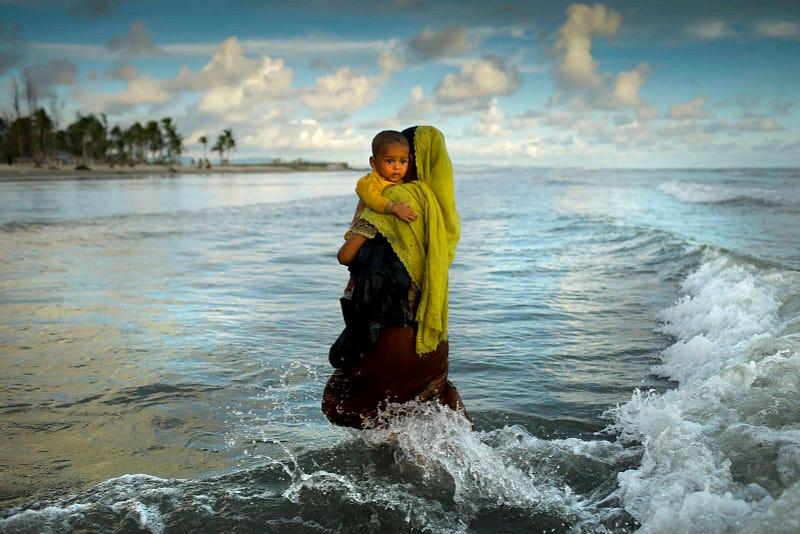 Myanmar Rohingya refugee woman hold her son seen after arriving on a boat to Bangladesh on Shah Porir Dip Island. Story and photo credits by K M Asad
Myanmar Rohingya refugee woman hold her son seen after arriving on a boat to Bangladesh on Shah Porir Dip Island. Story and photo credits by K M Asad
Enter digital technology
Physical rolls of film have been replaced by an abstract, ephemeral, electronic and infinitely malleable medium. Where once the camera could be trusted to never lie, we have entered an age of ‘fake news’. It is no longer a case of “the camera never lies” but “can the camera be trusted to tell the truth?”.
It is ironic that advances in technology should have driven photography back towards a visual form that is now as flexible and interpretive as that of the painter putting brush to canvas. Unlike a photograph recorded to film, the possibilities for re-arranging a digital image are endless. For art this is wonderful. For photojournalism it is something of a disaster.
If digital technology has changed the way we relate to photographs, it has also changed the way we create them. The barrier of technical know-how required to correctly expose film has been removed. Thanks to auto-focus, automated light readings, the flexibility of digital files and the wizardry of image editing software, just about anybody can take a technically perfect photograph.
Picture taking devices have become universal and the limitless supply of digital storage has removed the constraints imposed by film. We can all now take pictures from morning to night. No longer the exclusive preserve of a small group of professionals and the hobby of those who could afford the gear and the film, photography has been democratized, an art form for the masses.
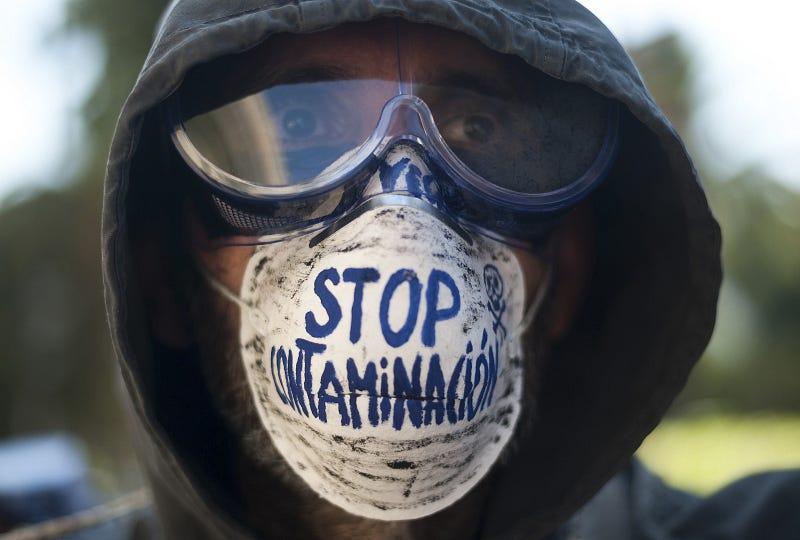 Members of climate movement ‘Extinction Rebellion’ and social organizations against the climate change have protested in favour of politics to stop the climate change and declare the climate emergency state. Photo and story credits by Jesus Merida
Members of climate movement ‘Extinction Rebellion’ and social organizations against the climate change have protested in favour of politics to stop the climate change and declare the climate emergency state. Photo and story credits by Jesus Merida
And as a result everybody is taking photographs.
Which brings me back to the dilemma of what it means to be a photographer, and why I sometimes get those slightly bemused (could there even be a hint of pity) looks when I say I am “a photographer”.
Where once I was saying I’m a photographer because I have cameras and gear and take photographs for a living, now it feels as though I’m saying I’m a photographer because I’m implying that I’m better at taking photographs than somebody who doesn’t claim to be a photographer, which perhaps explains those slightly bemused looks.
After all, how can I prove that I have earned the status of being a ‘photographer’? Shall we compare Instagram feeds? Should I show you a bank transfer from a client who actually paid for my work?
What then separates my photography from that of the next person who is taking pictures all day and sharing them with friends, family and followers? What is it that really makes me “a photographer”, as opposed to somebody (which is everybody) who takes photographs?
There is no simple answer to this conundrum. The identity of the photographer has become, forgive the wordplay, blurred. We “photographers” now call ourselves “visual artists” and we are re-tooling ourselves as multimedia professionals, able to work just as competently with video as in stills.
Ultimately, therefore, being “a photographer” is perhaps most of all about how you choose to express yourself. Everybody takes pictures because they can and because it’s fun but photographers take pictures because they see the world differently, because they see something they need to express and share in photographs. To be a photographer, then, is to have that impulse to frame a moment and give it a meaning beyond the literal, to lift the veil of reality and stir the imagination and emotions of the viewer.
Try explaining that to somebody the next time they look quizzically at you when you declare you are “a photographer”.
Written by Yvan Cohen | Yvan has been a photojournalist for over 30 years. He’s a co-founder of LightRocket and continues to shoot photo and video projects around South East Asia.
Featured photography by Yousuf Tushar
To read more helpful articles on photography, check out our blog page.
Join our growing photographer community at LightRocket and get powerful archive management and website building tools for free!

